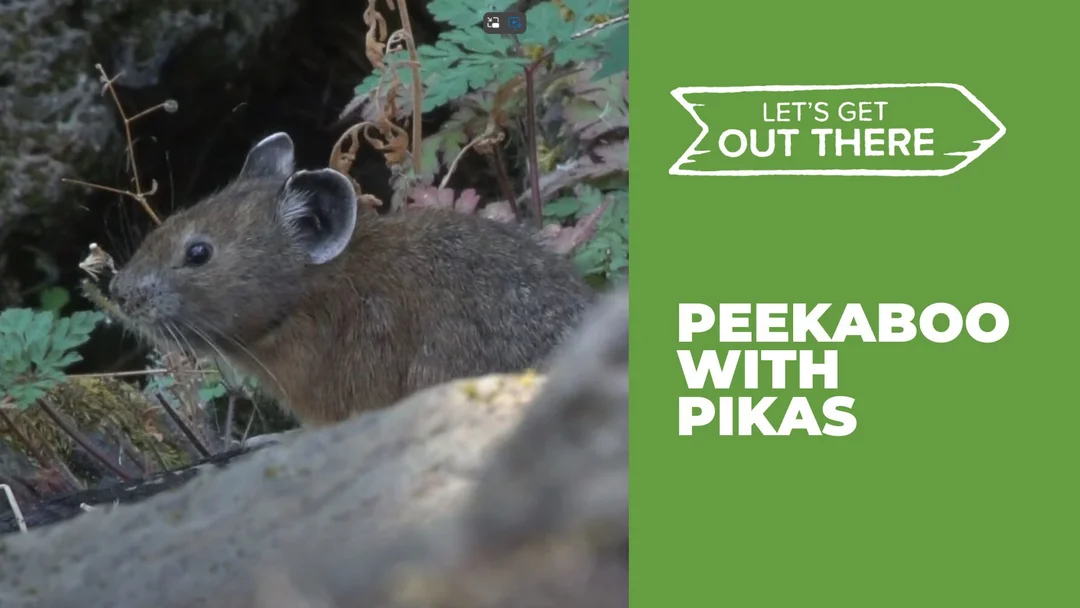
Spotting Potato-Sized Pikas: Join the Pika Patrol in Columbia River Gorge
In the breathtaking expanse of the Columbia River Gorge, a dedicated group of volunteers is on a mission to locate one of nature's most elusive creatures: the pika. These small, potato-shaped mammals, closely related to rabbits, are known for their high-pitched calls and charming yet shy disposition. The Columbia Gorge now serves as a crucial habitat for these fascinating animals, and why conserving them is becoming increasingly important.
Recently, biology professor Jo Varner, affectionately dubbed "Pika Jo," took to the slopes at Horsetail Falls, not merely for a hike but as a valiant participant of the Cascades Pika Watch, a conservation initiative supported by the Oregon Zoo and the Oregon Zoo Foundation. The project was launched following the 2017 Eagle Creek Fire, focusing on monitoring pika populations within this unique low-elevation stretch of habitat.
"They're literally the lowest elevation that we find this species across its entire range," Varner explained. This revelation highlights just how unique these pikas are, dwelling in environments significantly different from their traditional high-altitude homes.
Shervin Hess, the Oregon Zoo's conservation manager, emphasized that Pika Watch represents a larger commitment to wildlife preservation beyond traditional zoo environments. "In a way, there's two Oregon Zoos," he shared. "There's the one where people visit with their families, and then there's this other one that most people don't ever get to see—where we’re working in the wild." This statement underscores the dual roles that modern zoos can play in wildlife conservation.
Pikas, although classified as a "species of conservation concern" in Oregon, are not federally listed as endangered. Nonetheless, closely monitoring their populations is vital for understanding how species cope with climate change and other environmental challenges. Pika Watch operates through a growing network of trained volunteers who survey approximately 80 sites in the Gorge, essential data that can directly inform land management efforts.
“There’s no other program where the data are going so directly to the hands of land managers,” Varner noted. Volunteers need not possess a special skill set—an affinity for nature and some patience are all that is required. As Varner encourages, “Anyone who's interested in getting involved throughout the season, we would love to welcome you.”
Although this particular outing didn’t yield a pika sighting, the melodious echoes of their signature squeaks reassured everyone that they were indeed present, albeit shy. Varner optimistically stated, "The chances are really good if you go out enough times that you’ll get to see one, but it’s not always easy, and it’s not guaranteed." The Pika Watch season extends through late summer, inviting anyone interested to participate and share in the thrill of nature’s wonders. For more information, visit oregonzoo.org/pika.
As Varner aptly put it, “A bad day of pika watching beats a good day of lots of other activities any day.” This sentiment reminds us of the unique joys of volunteering and observing wildlife, pushing us to reconsider our relationships with the creatures we share our forests with. Will you answer the call to be a part of this remarkable mission?